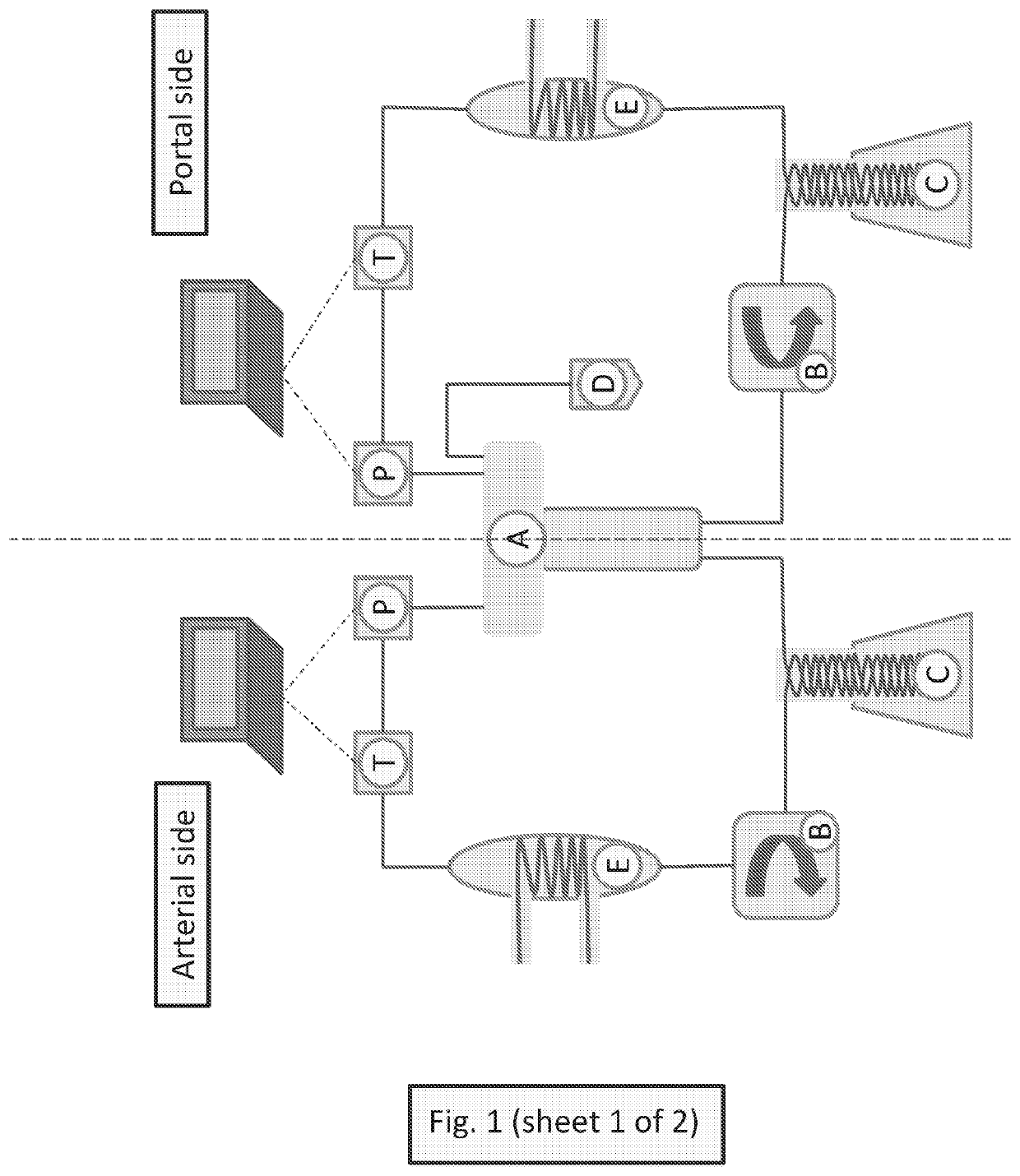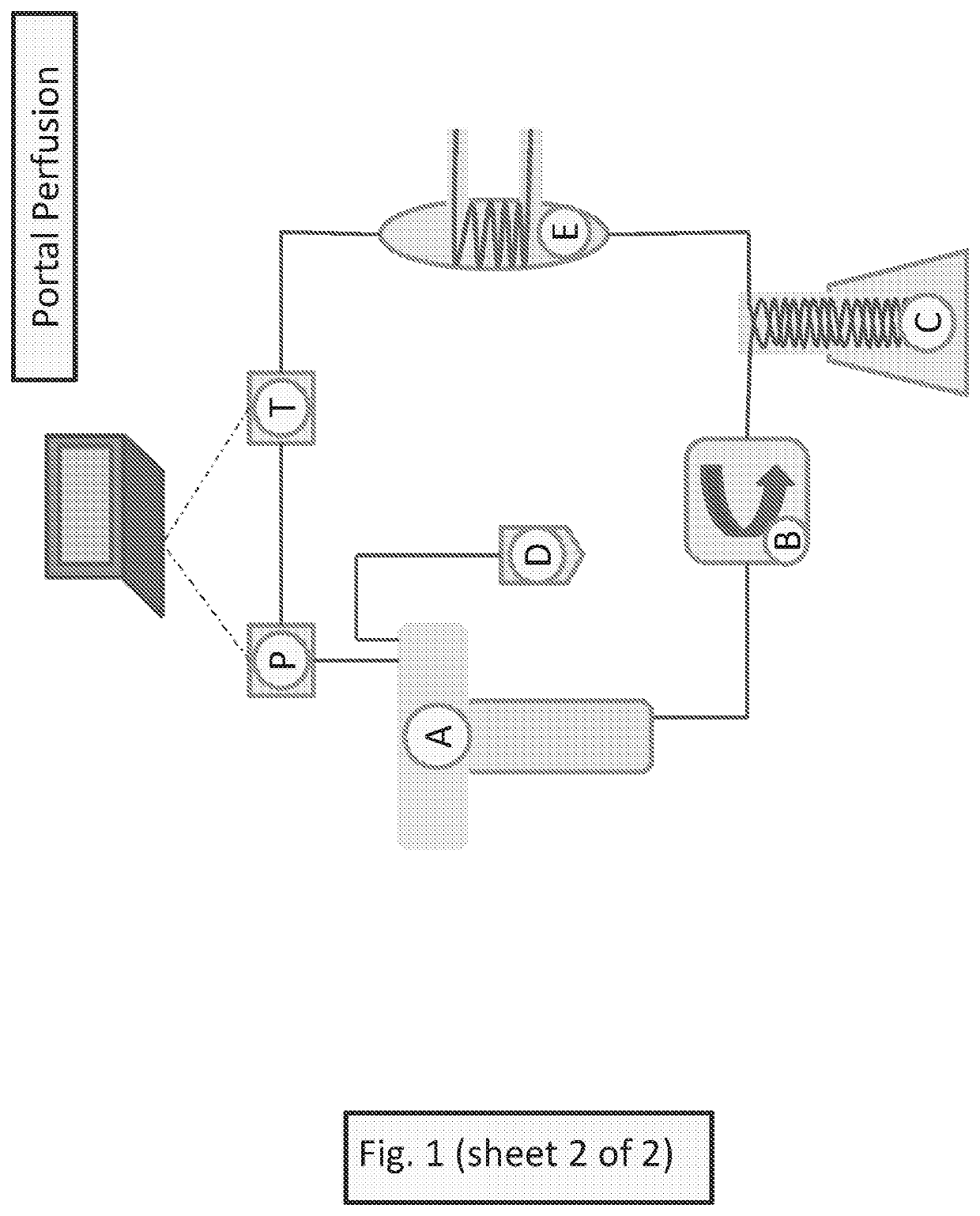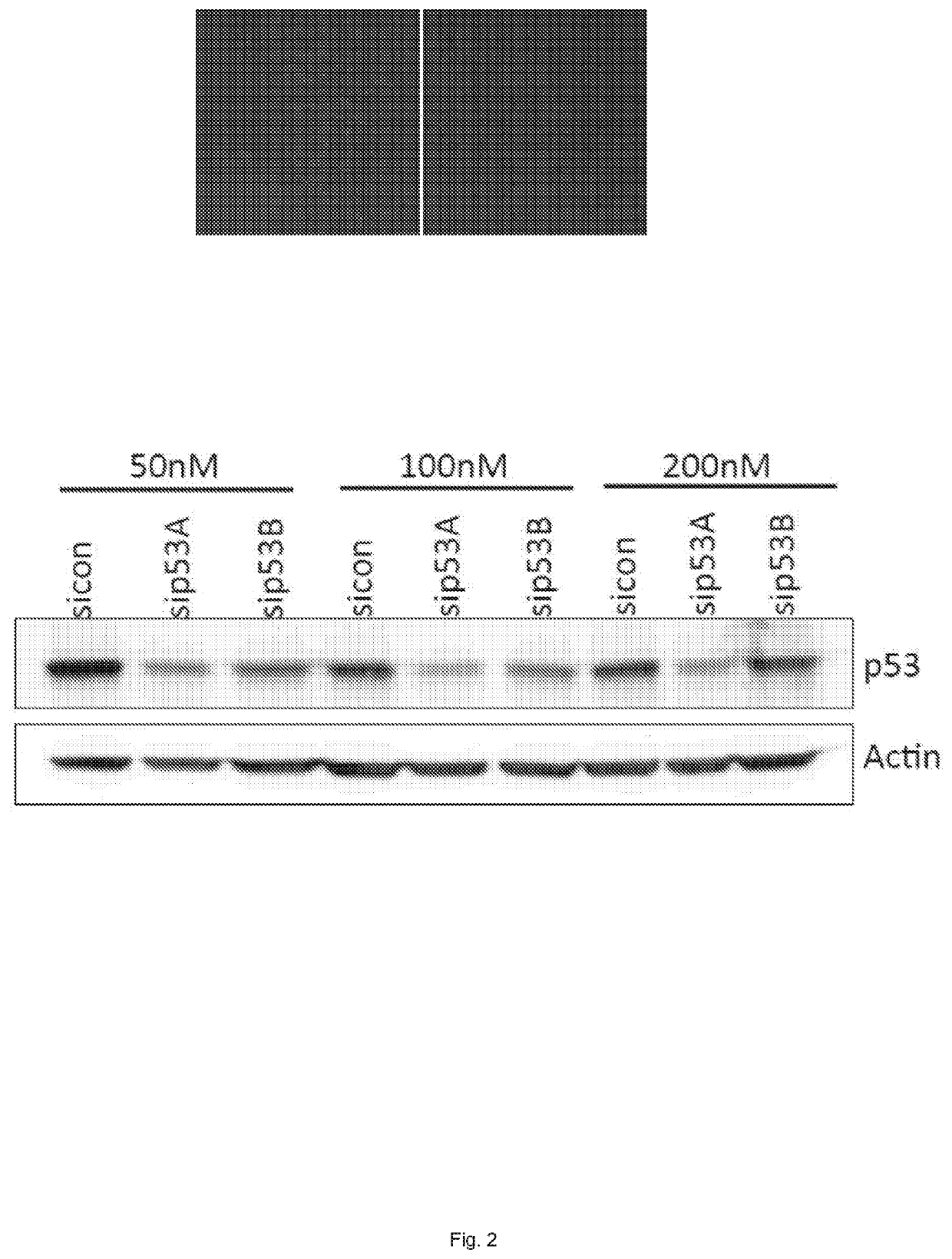Methods for preventing graft ischemia reperfusion injury during ex vivo machine perfusion preservation
a technology of ex vivo machine and ischemia, which is applied in the direction of biochemistry apparatus and processes, cardiovascular disorders, drug compositions, etc., can solve the problems of increased risk of acute and/or chronic rejection, decreased duration of graft survival (dgs), and undesirable clinical and/or biochemical symptoms of target tissue of a mammalian subject that is transplanted with a tissue, so as to prevent attack, reduce the function of the transplanted tissue, and shorten the effect of attack
- Summary
- Abstract
- Description
- Claims
- Application Information
AI Technical Summary
Benefits of technology
Problems solved by technology
Method used
Image
Examples
example 1
Ischemic (DCD) Rat Livers can be Reconditioned with Machine Perfusion
[0067]The overall goal of the following experiments was to improve the quality of suboptimal (ischemic) liver grafts. In particular, the following experiments were conducted to investigate the effect of treatment with p53 siRNA during ex vivo machine preservation on alleviating ischemia reperfusion injury in a rat liver reperfusion and liver transplantation model. To our knowledge, gene silencing has never been tested during machine preservation of grafts.
[0068]Rats were injected with cy3-labeled p53 siRNA using a nanoparticle invivofectamine (liposome) as a carrier one day prior inducing liver damage using the hepatotoxic agent CCL4. After 3 days the rats were euthanized and samples were collected for analysis by flow cytometry, confocal microscopy and histological scoring of the liver and bile ducts.
[0069]Ischemia reperfusion injury was mimicked by a liver clamping model. The effect of p53 on alleviating the live...
example 2
Reconditioning Ischemic (DCD) Rat Livers with Machine Perfusion
[0072]We used 21-bp siRNA together with lipid-based nanoparticles in the rat model to silence the apoptotic gene p53 at both at hypothermic (4° C.) and normothermic (37° C.) temperatures. The data show that siRNAs can be successfully delivered to rat liver grafts during machine perfusion directly from the perfusate solution, both at hypothermic (4° C.) and normothermic (37° C.) temperatures. FIG. 9 shows that Alexa Fluor conjugated p53 siRNA (1 mg / kg of liver) is uptaken by rat hepatocytes during normothermic machine perfusion with Williams E media.
example 3
Silencing FAS During the Ischemic Period Before Transplantation
[0073]The FAS receptor expressed in liver signals hepatocytes to apoptosis after binding its respective ligand. The following experiments were designed to determine the effect of FAS siRNA during the ischemic period before transplantation, using exemplary FAS receptor gene sequence sense siRNA 5′-GUGCAAGUGCAAACCAGACdTdT-3′ and antisense siRNA 5′-CUCUGGUUUGCACUUGCACdTdTCy3-3′. Healthy male Wistar Furth rats (˜300 g) were housed in standard conditions per institutional regulations with free access to fresh water and plain rodent chow. An n=5 was used for each temperature of perfusion and controls. Anesthesia was induced via inhalation of 5% isoflurane and analgesia was maintained via IP injection with ketamine (60 mg / kg) xylazine (8 mg / kg). A single dose of 100 u heparin was delivered via tail vein injection. Animals were exsanguinated via angiocatheterization of the aortic bifurcation marking the beginning of warm ischemi...
PUM
| Property | Measurement | Unit |
|---|---|---|
| temperature | aaaaa | aaaaa |
| temperature | aaaaa | aaaaa |
| pressure | aaaaa | aaaaa |
Abstract
Description
Claims
Application Information
 Login to View More
Login to View More - R&D
- Intellectual Property
- Life Sciences
- Materials
- Tech Scout
- Unparalleled Data Quality
- Higher Quality Content
- 60% Fewer Hallucinations
Browse by: Latest US Patents, China's latest patents, Technical Efficacy Thesaurus, Application Domain, Technology Topic, Popular Technical Reports.
© 2025 PatSnap. All rights reserved.Legal|Privacy policy|Modern Slavery Act Transparency Statement|Sitemap|About US| Contact US: help@patsnap.com



